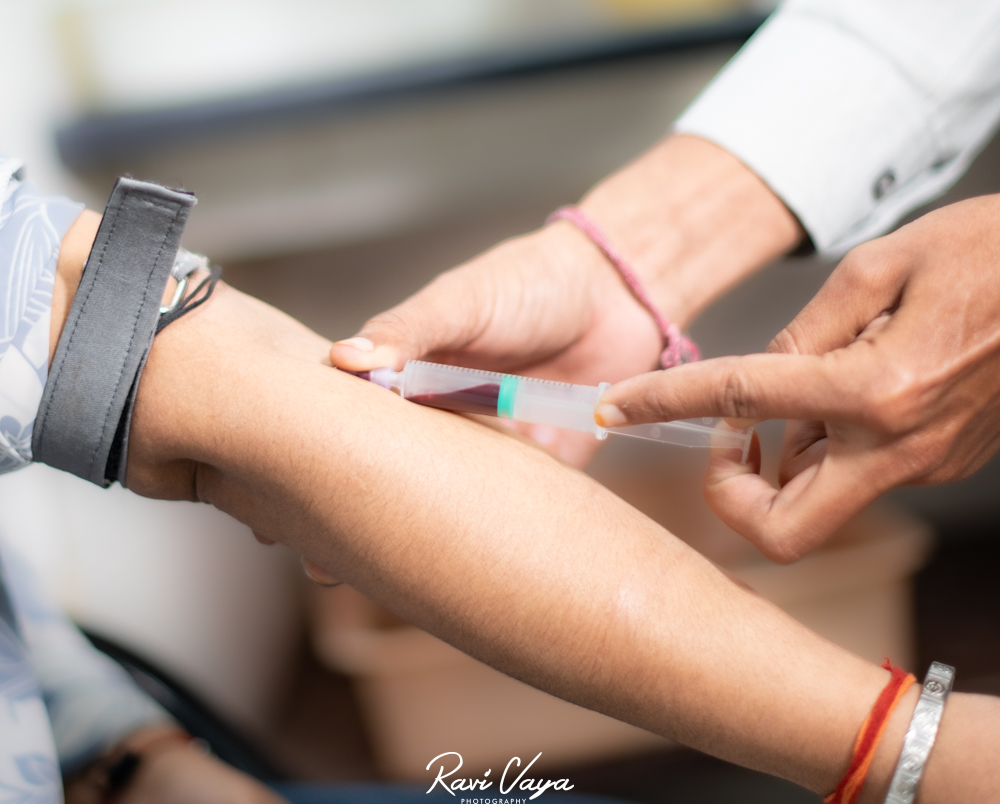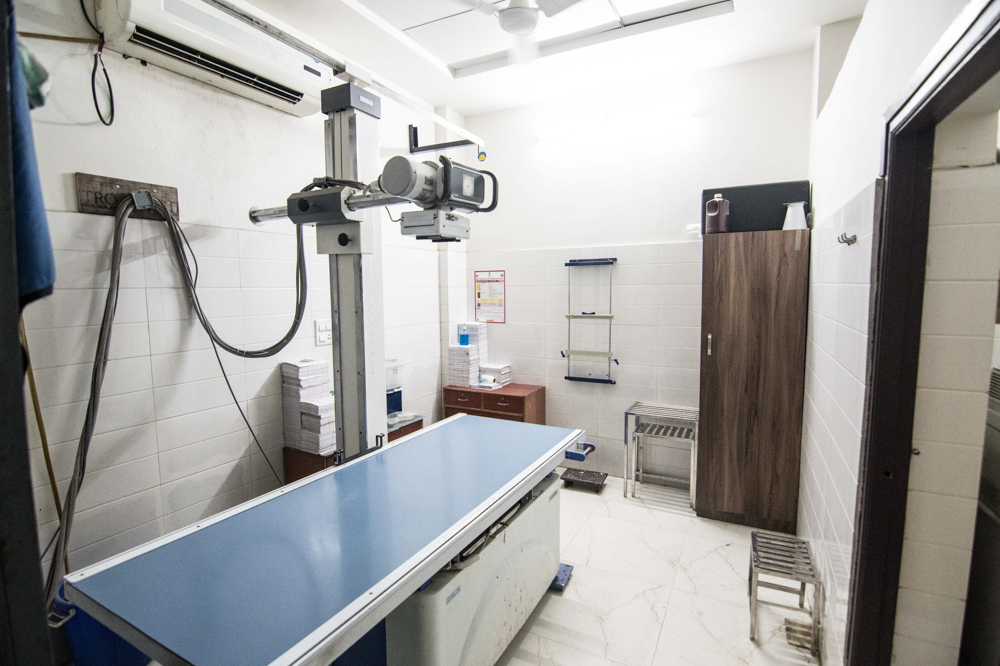Monitoring your cholesterol levels is a fundamental step toward maintaining heart health and preventing serious medical conditions like heart disease or stroke. But when should you get a cholesterol test, and how do you know it’s the right time? Understanding the key signs and risk factors can help you make informed decisions about your health.
This article dives into the importance of cholesterol testing, explains the main risk factors, and highlights symptoms that shouldn’t be ignored. By the end of this post, you’ll know when to schedule a test, how to prepare for it, and what the results mean for your long-term well-being.
What is a Cholesterol Test?
A cholesterol test, often referred to as a lipid panel, is a blood test designed to measure the levels of cholesterol in your bloodstream. The test identifies:
- Low-density lipoprotein (LDL): Known as “bad” cholesterol, high levels can lead to plaque buildup in arteries.
- High-density lipoprotein (HDL): The “good” cholesterol that helps remove LDL from your blood.
- Triglycerides: A type of fat linked to increased heart disease risk when levels are high.
This simple test can offer valuable insights into your overall cardiovascular health, guiding preventive measures or treatments if needed.
Why is Cholesterol Testing Important?
High cholesterol often presents no symptoms, earning it the nickname “the silent killer.” Undetected, it can lead to severe conditions such as:
- Heart attacks
- Strokes
- Peripheral artery disease
Regular cholesterol tests ensure early detection, allowing you to make lifestyle changes or pursue medical interventions before complications arise.
When Should You Get a Cholesterol Test?
Routine Screening for Adults
Experts recommend that adults aged 20 and older have their cholesterol checked every 4-6 years. For individuals with risk factors, more frequent testing may be necessary.
High-Risk Populations
If you belong to a high-risk group, such as individuals with diabetes, obesity, or a family history of cardiovascular disease, it’s crucial to undergo cholesterol testing earlier and more regularly.
Key Signs That Signal Testing
Although high cholesterol is typically asymptomatic, certain signs might indicate the need for testing:
- Unexplained fatigue or weakness
- Yellowish deposits around the eyes (xanthomas)
- Chest pain or discomfort
- Shortness of breath during routine activities
Risk Factors for High Cholesterol
Lifestyle Choices
Unhealthy habits like a poor diet high in saturated fats, smoking, and lack of exercise can raise LDL cholesterol levels and lower HDL.
Genetic Predisposition
Familial hypercholesterolemia, a hereditary condition, can cause extremely high cholesterol levels from an early age.
Age and Gender
Cholesterol levels naturally increase with age. Men typically face higher risks earlier, while women’s cholesterol often rises after menopause.
Underlying Medical Conditions
Conditions such as diabetes, hypothyroidism, or chronic kidney disease can elevate cholesterol levels, requiring more frequent monitoring.
How to Prepare for a Cholesterol Test
To ensure accurate results:
- Fast for 9-12 Hours: Many tests require fasting, so avoid eating or drinking anything except water beforehand.
- Avoid Alcohol: Abstain from alcohol for at least 24 hours before the test.
- Discuss Medications: Inform your doctor about any medications or supplements you’re taking.
Understanding Cholesterol Test Results
Desirable Cholesterol Levels
- Total Cholesterol: Less than 200 mg/dL
- LDL Cholesterol: Less than 100 mg/dL
- HDL Cholesterol: 40 mg/dL or higher
- Triglycerides: Less than 150 mg/dL
What High Levels Mean
Elevated LDL and triglycerides signal a higher risk of heart disease. Your doctor may recommend dietary adjustments, medications, or other interventions to manage these levels effectively.
How to Lower Cholesterol Levels
Adopt a Heart-Healthy Diet
Incorporate foods rich in soluble fiber, omega-3 fatty acids, and plant sterols, such as:
- Oats
- Fatty fish like salmon
- Nuts and seeds
- Fruits and vegetables
Exercise Regularly
Aim for at least 150 minutes of moderate exercise per week. Activities like brisk walking, swimming, or cycling can boost HDL levels while lowering LDL.
Quit Smoking
Smoking reduces good cholesterol and damages blood vessels. Quitting can rapidly improve your cardiovascular health.
Consider Medication if Needed
Statins and other cholesterol-lowering medications may be prescribed if lifestyle changes are insufficient.
Frequently Asked Questions
1.How often should I get a cholesterol test?
A.Adults should have their cholesterol checked every 4-6 years, or more frequently if they have risk factors.
2.Can I eat before a cholesterol test?
A.Most cholesterol tests require fasting for 9-12 hours, but some newer tests do not. Confirm with your doctor beforehand.
3.What are normal cholesterol levels?
A..A total cholesterol level under 200 mg/dL is considered healthy. LDL should be under 100 mg/dL, and HDL should be 40 mg/dL or higher.Can
Conclusion
In conclusion, getting a cholesterol test is an essential step in understanding your heart health and preventing future complications. By staying informed and proactive, you can make healthier lifestyle choices that support your overall well-being.
Don’t wait—take control of your heart health today! Visit the best diagnostic centre in Kota for your cholesterol test and receive the professional care you deserve.




